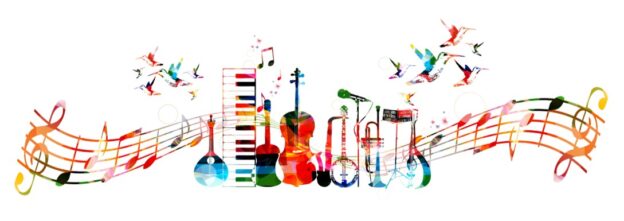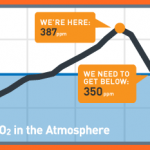Harmony is my word for the new year. The inspiration for selecting harmony as my word of the year has been the study of nonviolence with Michael Nagler, narrator of the film and author of the book The Third Harmony: Nonviolence and the New Story of Human Nature. I had considered nonviolence as my word of the year. Much has been written and spoken about the nonviolence inspired by Mahatma Gandhi, often focused on non-violent resistance, rejecting the use of physical violence in order to achieve social or political change. Nonviolence is much more than the absence of violence, it is more of a way of being. I am more of a writer and philosopher than an activist, and my desire this year is to be more conscious and purposeful about bringing harmony to every situation.
Tom Eddington, the executive producer of the film, The Third Harmony, joined Michael Nagler to host a wonderfully insightful ten-day program on nonviolence for Humanity Rising, an initiative of Ubiquity University. Founded in its original iteration by Matthew Fox, Ubiquity University has flourished under the leadership of Jim Garrison who launched Humanity Rising at the beginning of the pandemic to represent a global movement of people and organizations coming together to take counsel on how to start shaping the world beyond the pandemic through conversations that matter. A library of the recordings of the daily broadcasts that began during the early days of the pandemic is an important component of a multitude of freely available resources and includes the ten-day program on nonviolence.
Now back to harmony. The three harmonies described by Michael Nagler in The Third Harmony: Nonviolence and the New Story of Human Nature are:
- The First Harmony: Harmony with the cosmos and outer world.
- The Second Harmony: Harmony with one another and with the environment.
- The Third Harmony: Harmony within, radiating outward with the force of love.
Harmony within ourselves is where nonviolence begins. This aligns well with my own thinking on Conscious Leadership and the practice of leading consciously from the inside out. Imagining inner harmony brings to mind harmonious music, where different notes from different instruments are played together to create a beautiful sound. In my recent blog post, I wrote about Finding your Voice. Harmony is the word that will guide the finding of my voice, getting my outer voice in tune with my inner voice, and inspiring responsible action.
My commitment this year is to bring harmony into every situation I encounter. As theologian and civil rights leader Howard Thurman said, “Don’t ask what the world needs. Ask what makes you come alive, and go do that, because what the world needs is people who have come alive.” What is bringing us alive? What is the music inside of each of us this year?
Evoking the words of Paul McCartney in the song, Ebony and Ivory, let’s aspire to live together in perfect harmony. Whether our attention this year is on nonviolent activism for the greater good of humanity or creating greater harmony in our families, workplaces, or communities, I invite us all to start with creating harmony within ourselves and then using the force of love to truly make a difference in the world. Let us all live in harmony within ourselves, with others, and with the world around us. Don’t die with the music still in you!
Originally published on the Dr. Paul Ward Blog.


 Get back, get back, get back to where you once belonged, sang The Beatles. Fast forward a few decades and an entirely different world, Get Back could be the mantra for the 350.org, a group of environmental activists including author Bill McGibbon, Van Jones, founder of
Get back, get back, get back to where you once belonged, sang The Beatles. Fast forward a few decades and an entirely different world, Get Back could be the mantra for the 350.org, a group of environmental activists including author Bill McGibbon, Van Jones, founder of